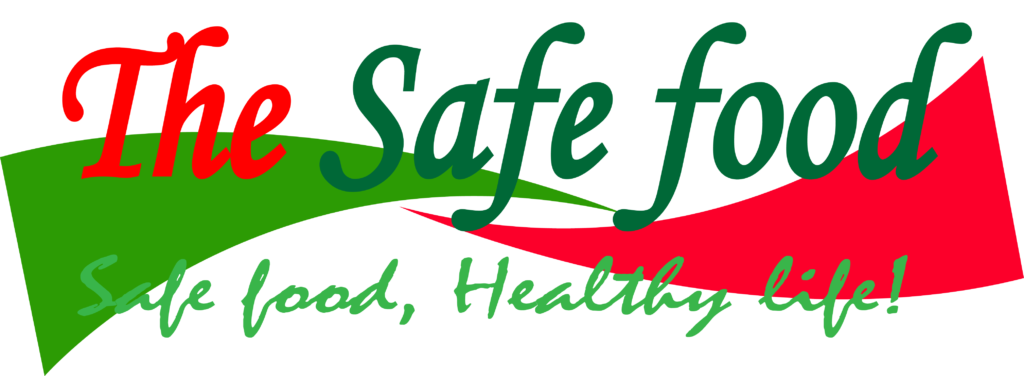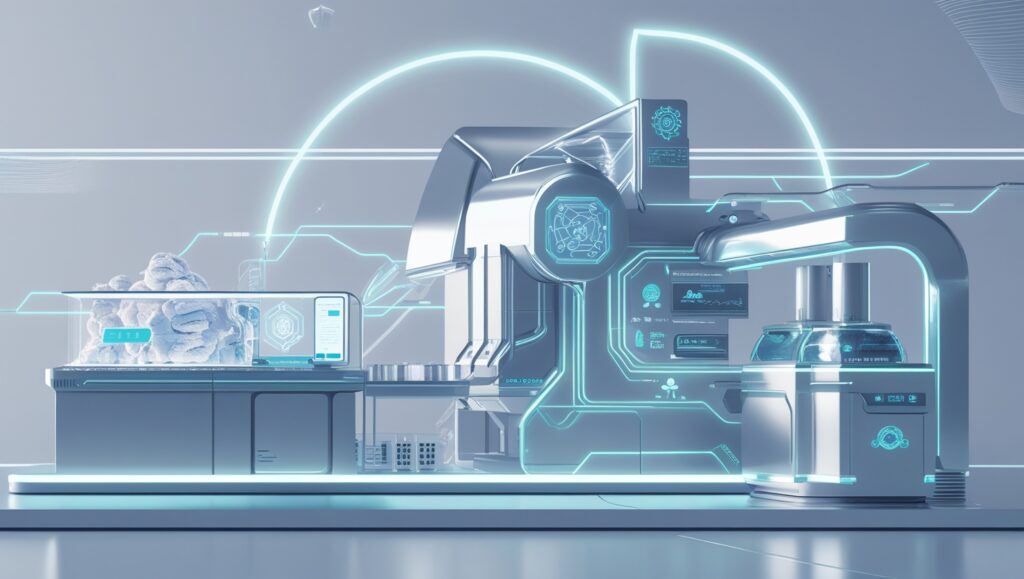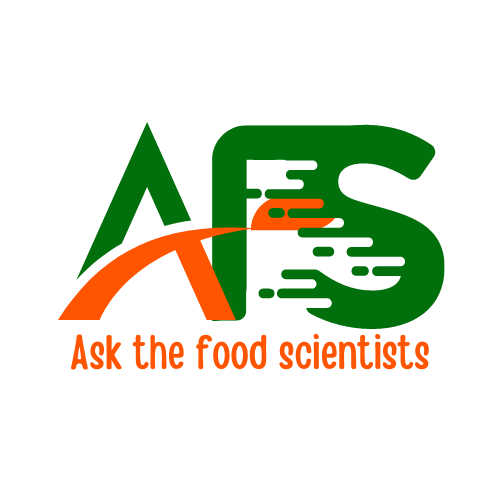Introduction
Blockchain Technology has emerged in recent years as a revolutionary tool across many sectors, including the food industry. Its decentralized, clear, and immutable character has great advantages, especially in increasing food safety, traceability, and supply chain efficiency. In this article, we will discuss the intersection of blockchain technology and the food industry and delve into how blockchain tech can be applied, what are its pros and cons, and future concepts while also accounting for the use of AI to enhance these processes.
What is Blockchain Technology?
Blockchain technology is fundamentally a digital ledger that uses a distributed network of computers to record transactions in a way in which registered transactions cannot be changed after being entered. It is responsible for maintaining data integrity and security. The food industry is where blockchain works magic by tracing the track of food products from the farm to the table.
Food safety knowledge is for all!

Every consumer deserves to have high quality and safe food. …Read more!

Important Characteristics of Blockchain
- Decentralization: Self-hosted, unlike regular databases, leading to fewer chances of data hustle.
- Transparency: All members share the same data, and this creates a trusting environment between stakeholders.
- Immutability: After data is added to the blockchain, it cannot be altered or removed, making it a dependable history of transactions.
- Smart Contracts: These can help to automate many processes as they are self-executing contracts with the terms written directly into the code.
Blockchain Use Cases in the Food Industry
1. Enhancing Traceability
The end-to-end tracking of food products throughout the supply chain is made possible through blockchain technology. In the event that a contaminated batch of lettuce is discovered, blockchain can track its precise origins down to the farm, processing centers, and distribution channels. This enables faster recalls and reduces health risks.
Example: Walmart has adopted blockchain technology to track the origins of its produce. Customers who scan a product’s QR code can find out the journey of the product, which will help enhance consumer trust and safety.
2. Ensuring Food Safety
Food safety legislation is strict, and compliance is important for food suppliers. Blockchain technology aids in compliance with food safety regulations by providing an accurate record of food handling, temperature control, and expiration dates. This data could be made available to regulatory agencies, which would streamline audits and inspections.

- Example: The blockchain platform VeChain partners with a variety of food producers, offering a secure record that verifies food safety standards in production and transportation.
3. Reducing Food Fraud
Food fraud, involving mislabeling and adulteration, remains a challenge in food. Enhance Product Verification with Blockchain Transparency Consumers can see which claims were tied to which blockchain, which means they can look up proof of a product’s claims — proof of its organic or fair-trade certifications, for example.
- Insight: Food fraud costs the global food industry billions of dollars each year, reports a study by the Food and Drug Administration (FDA). Blockchain offers the ability to verify data that has the potential to reduce these losses for consumers.
4. Simplifying Supply Chain Management
Using this real-time data, businesses can optimize inventory management, improve returns tracking, and respond to changing consumer preferences. Such real-time visibility allows food companies to reduce waste and enhance profitability.
- Insight: Deloitte estimates that blockchain can reduce operational supply chain costs by up to 20 percent through improved logistics and inventory management.
5. Enabling Payments and Transactions
Blockchain can also enable more straightforward payment transactions in the food production industry. Smart contracts may automate payments based on predefined conditions, minimizing the time and costs that are typically implemented with traditional payment methods. This is especially useful for international transactions, where currency conversion and bank fees can be substantial.
- Example: It has high potential, and many companies are trying to use cryptocurrency for transactions in the food industry so that faster and cheaper payment solutions are offered.
AI: The Catalyst for Better Blockchain Applications
Blockchain technology in the food industry provides a host of benefits, and integrating AI could make it even more effective. AI supplements blockchain applications in several ways, including:
1. Data Analysis
AI has the ability to process the enormous amount of data that start flowing in as blockchain systems run, yielding insights on consumer behavior, supply chain kinks, and food safety concerns. This data-driven approach enables food businesses to make programming decisions and forecast trends.
2. Predictive Maintenance
For instance, food production facilities can identify initial signs of breakdowns in their equipment and halt operations with the help of AI algorithms that analyze data from their blockchain records. By taking such steps, there is less risk of downtime, and the quality of the food remains consistent.
3. Enhanced Security
This combination can further strengthen security measures. Here, AI algorithms can better recognize anomalous patterns in transactions, detecting possible fraud or cyber threats in real time.
4. Improved Consumer Engagement
With AI, you can deliver tailored experiences from blockchain transaction data. For example, food companies can use AI to provide targeted suggestions and marketing to customers based on their purchase history.
Challenges and Limitations
While it does have its potential, the use of blockchain technology in the food industry has some challenges:
1. Seamless Integration with Other Systems
Blockchain technology may not be easy to implement, as many food companies operate using legacy systems. Integrating these systems is complicated and expensive.
2. Data Privacy Concerns
Although blockchain is transparent, fears regarding data privacy and the safety of sensitive leverage have been influential. And it is important to strike a balance between transparency and privacy.
3. Regulatory Uncertainty
Blockchain technology is still a developing regulatory area. For food companies, these regulations pose a challenge to navigate, ensuring compliance while utilizing the benefits of blockchain.
4. High Initial Costs
The cost factor: Implementing blockchain solutions typically requires a significant upfront investment, which may be a barrier for smaller food businesses. But these costs are often outweighed by the long-term benefits.
Future Outlook
Thus the prospective future of food on the blockchain is looking bright. The adoption rates will start increasing as more companies realize that transparent, traceable, and efficient processes result in happier customers. Additionally, AI will also improve the development and adoption of blockchain technology, resulting in the establishment of smarter, more secure, and resilient food supply chains.
Conclusion
Food industry efficiency, safety, traceability: a new era with blockchain technology; however, as more seasoned food scientists work to optimize the possibilities of blockchain, they will need to take into account the ways in which pairing both blockchain and AI can optimize the full power of the technology. By merging these two technologies, we might have a more sustainable and transparent food system.
References
- Deloitte. (2021). Using Blockchain in Supply Chain Management. Are you familiar with the supply blockchain experts?
- FDA. (2019). The Economics of Food Fraud. Study from the FDA
- Walmart. (2020). Blockchain and Food Safety. Source: Walmart Case Study — Walmart uses blockchain technology to increase food safety
Our Blog ↗
Read the latest from our blog
Ask a Question ↗
Ask a question and get answers from our community
Give Feedback ↗
We value your feedback.


